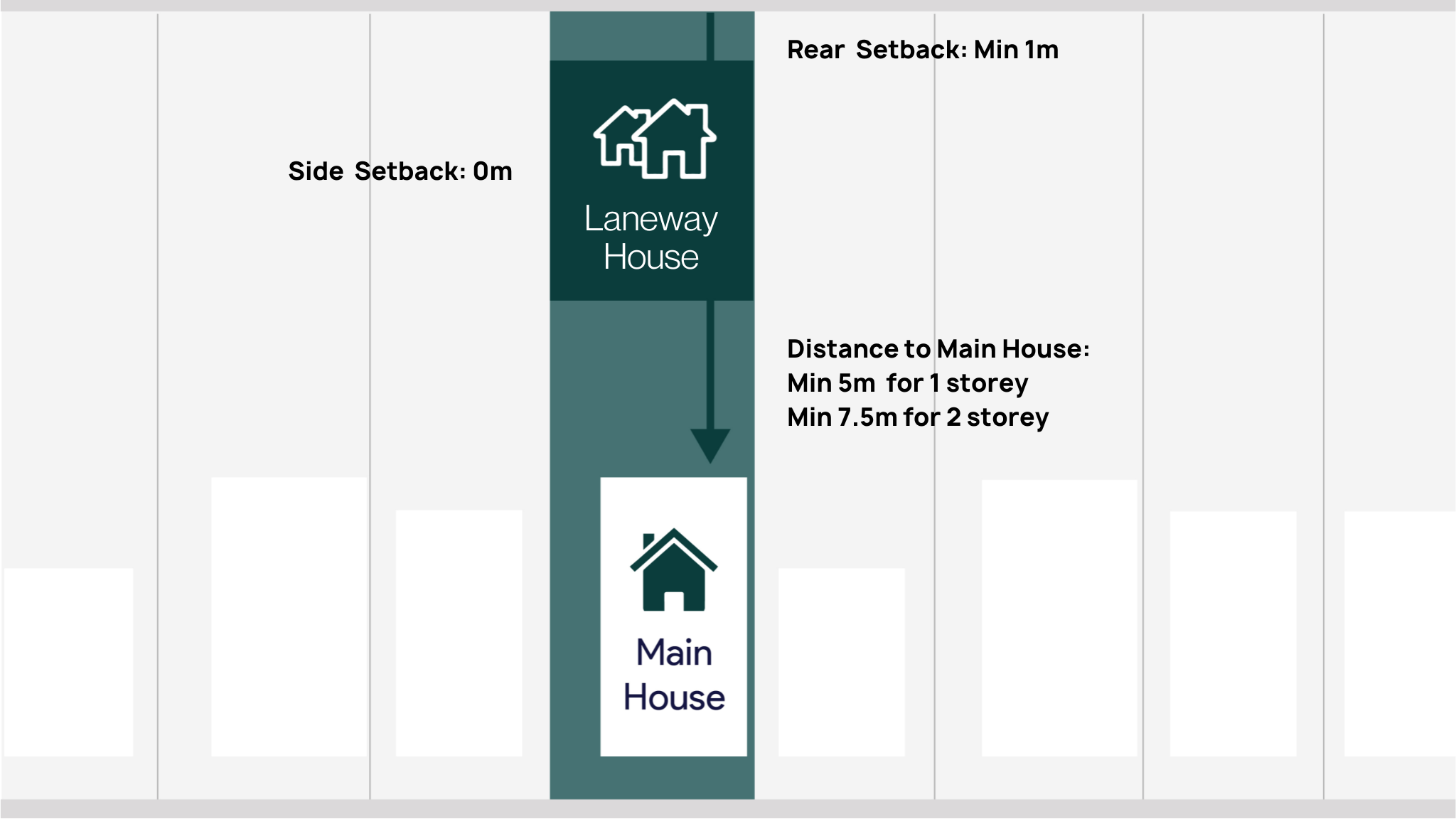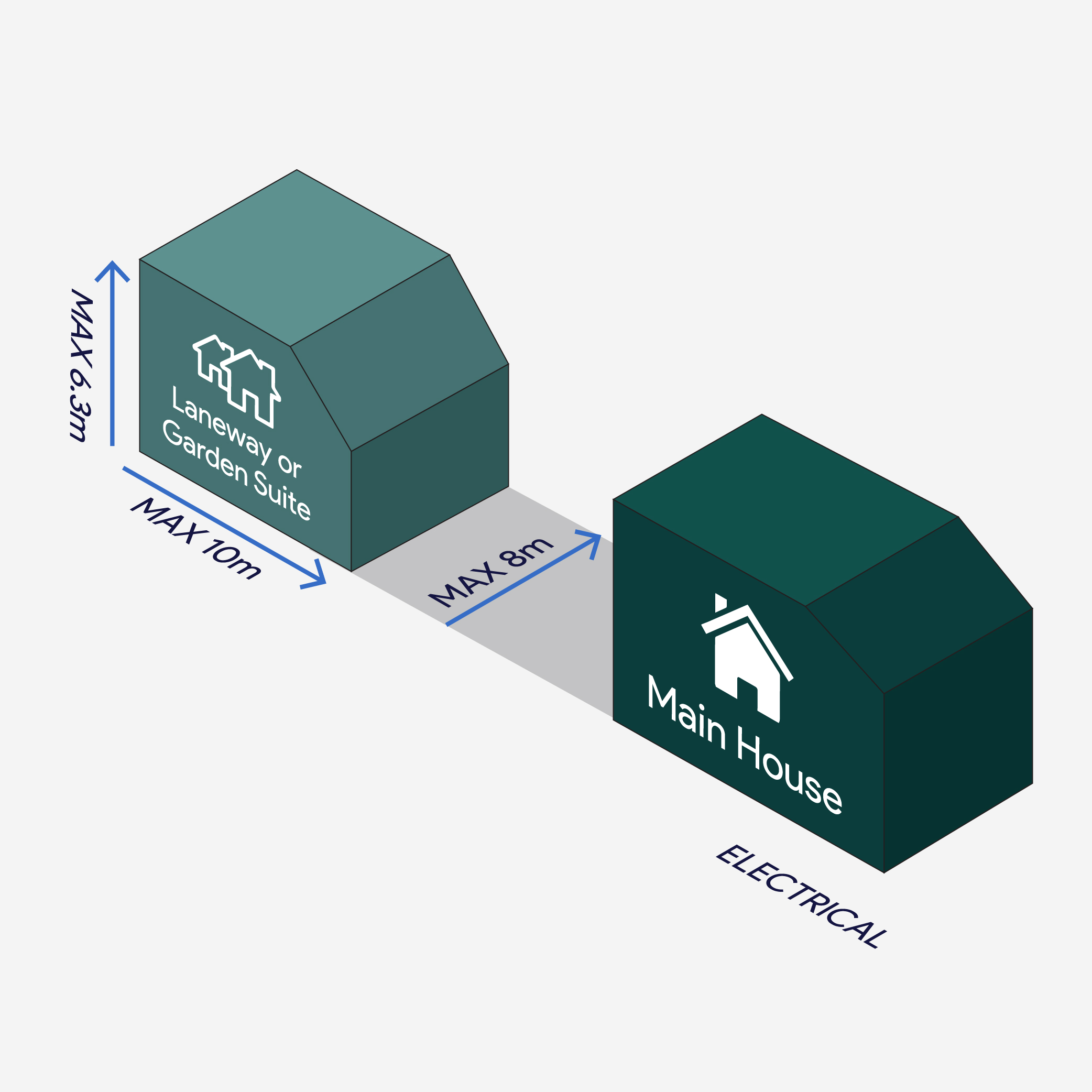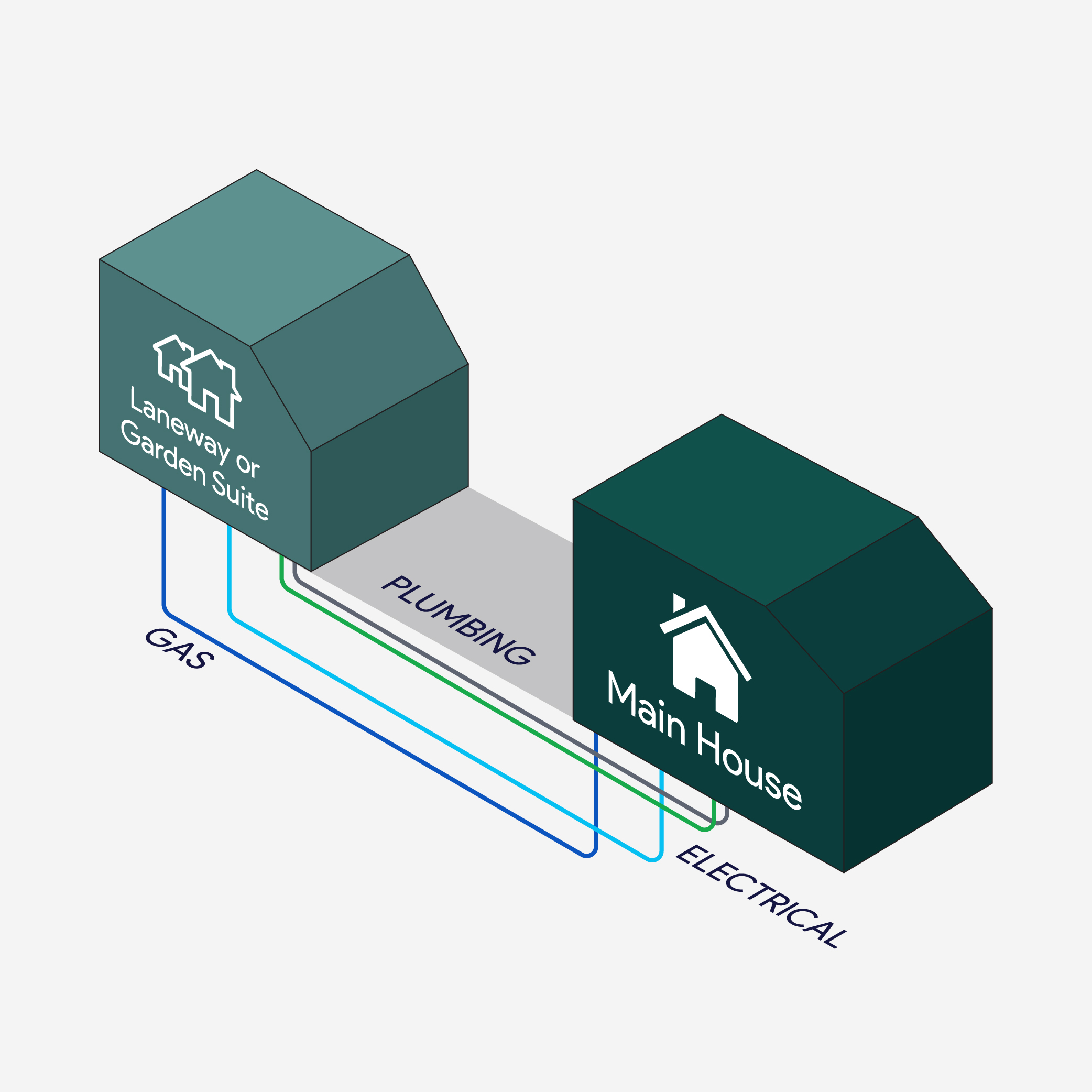
Laneway Houses & Garden Suites
Laneway Houses and Garden Suites represent an incredible opportunity for homeowners to increase living space and/or generate significant rental return on their properties.
What is a Laneway House?
A Laneway suite is a secondary dwelling that is situated behind a typical home that has access to a public laneway.
These suites serve as residences for family members, contribute to income generation, and open up possibilities for live-work arrangements.
What is a Garden Suite?
Garden suites are detached secondary dwellings located in the rear yard of a typical property. They do not require the property to have access to a laneway, but do require rear or side yard access.
These suites serve as residences for family members, contribute to income generation, and open up possibilities for live-work arrangements.
Who are they for?

House Hackers
House hacking is when a homeowner rents out part of their property to have tenants cover part or all of their mortgage.
House hacking is extremely popular with younger owners as well as people who have recently purchased their properties at the current high prices and interest rates. Creating an additional stream of income can help reduce their debt burden and ensure they aren’t “house poor.”

Retirees
Your home is a unique asset in that as you build equity the only way to extract it is to either sell or borrow against it. In the latter example this creates a payment which isn’t ideal for those who are retired.
Laneway Houses and Garden Suites are the perfect way to stay in your home while also extracting immediate cashflow from your property to add additional income for retirement or to cover other living costs or savings goals.

Investors
Laneway Houses and Garden Suites provide real estate investors with an incredible return on investment and allow them to maximize the value of their land.
Whether they are looking to add one to an existing investment property or looking for ways to extract extra rental income from future investments, these property types help create higher cap rates in any investment environment.

Generational Families
Whether you are a parent looking to provide an affordable living option for your children, or someone who wants to remain in your home as you age and need assistance, Laneway Houses and Garden Suites provide a multi-generational flexibility while maintaining independence and privacy.
How We Help
Property Aquisition
We proactively help our clients find and acquire properties that have Laneway House and Garden Suite potential. We also automatically post listings on our website which are updated daily.
Financing
We work with one of the top Mortgage Brokerage firms in Canada and provide our clients with guidance on how to best qualify for and structure the financing of Laneway Houses and Garden Suites.
Design & Build
We exhaustively interviewed and sourced our building partner in order to balance quality, speed and cost. This combination allows our clients to maximize their return on investment.
Property Management
Our in our property management team provides our clients with a hands off approach to leasing and managing their property. We source and vet tenants, manage property upkeep and more.
Laneway House Regulations
Laneway Houses are part of the city of Toronto’s zoning bylaw and are known as an “as of right dwelling” which means that as long as you meet the below requirements, you don’t need any special permission to build one.
Laneway Suite are designed to be “non-severable,” meaning they cannot be detached from the main house and converted into a separate property. As a result, the suite will be connected to the main house for utilities such as water, sewer, hydro and gas.
Firefighter Access
The one criteria that is out of your control is the distance your property is from the entrance to a laneway or whether you have a wide enough walkway from the side of your property to access the rear yard. You must meet one of the criteria below in order to qualify.
1. Maximum Distance to Hydrant: The maximum distance from the entrance of the Laneway Suite to the main road is 45 meters if fire access is via the property, or 90 meters if fire access is via the laneway. There also needs to be a maximum of an additional 45 meters from the main road to the hydrant. or/
Minimum Unobstructed Path of Travel: A minimum unobstructed path of travel of 0.9 meters must be maintained down the side of the property.


Setback Requirements
Minimum Side Setback: There are no minimum side setback requirements, with exceptions for side lots that face a lane.
Minimum Distance From Laneway Suite To Main House: The minimum distance between the main house and the Laneway Suite building depends on the building height. If the Laneway Suite height is 4 meters or less, the minimum distance is 5 meters. If the Laneway Suite height is more than 4 meters, the minimum distance is 7.5 meters.
Footprint & Height Requirements
Maximum Footprint: The maximum footprint of the Laneway Suite is 10 meters deep by 8 meters wide.
Maximum Size: 860 SqFt per floor or 1720 Sqft above grade
Maximum Height: The maximum height of the Laneway Suite is 6.3 meters and 2 storeys.
Basements are are allowed.


Servicing Requirements
The laneway suite will have it’s own dedicated electrical panel, hot water tank and AC/Heat unit.
Garden Suite Regulations
Garden Suites Laneway Houses are part of the city of Toronto’s zoning bylaw and are known as an “as of right dwelling” which means that as long as you meet the below requirements, you don’t need any special permission to build one.
Garden Suites are designed to be “non-severable,” meaning they cannot be detached from the main house and converted into a separate property. As a result, the suite will be connected to the main house for utilities such as water, sewer, hydro and gas.
Firefighter Access
Maximum Distance to Hydrant: The maximum distance from the entrance of the garden suite to the main road is 45 meters. There also needs to be a maximum of an additional 45 meters from the main road to the hydrant.
Minimum Unobstructed Path of Travel: A minimum unobstructed path of travel from the street to the garden suite of 1 meter must be maintained.


Setback Requirements
Minimum Rear Setback: A minimum setback of 1.5 meters or 50% of the height of the garden suite is required from the rear lot line.
Minimum Side Setback: A minimum of .6 meters or 10% of the lot frontage, whichever is greater. For example, a 20 feet lot would require a side setback of 2 feet (10% of 20 feet) on both sides of the garden suite.
Minimum Distance From Garden Suite To Main House: The minimum distance between the main house and the Garden Suite depends on the building height. If the height is 4 meters or less, the minimum distance is 5 meters. If the height is more than 4 meters, the minimum distance is 7.5 meters.
Footprint & Height Requirements
Maximum Footprint: The maximum footprint of the Garden Suite is 60m² or 20% of lot, or 40% of the rear yard whichever qualifies first.
Maximum Size: 645 SqFt per floor or 1290 Sqft above grade.
Maximum Height: The maximum height of the Laneway Suite is 6 meters and 2 storeys.
Basements are are allowed.


Servicing Requirments
The garden suite will have it’s own dedicated electrical panel, hot water tank and AC/Heat unit.
Investment Returns
Both Laneway Houses and Garden Suites provide incredible return on investment for homeowners and investors, especially when compared to other investment options.
When purchasing a property, your land is your biggest asset and should be maximized before moving on to another investment. Laneway House and Garden Suites are an integral part of maximizing this value and returns over the long term.
Condo Example
Purchase Price: $900,000
Size: 900 SqFt
Monthly Cost: $4600
Monthly Rent: $3800
Monthly Cashflow: -$800
Laneway Example
Build Price: $400,000
Size: 900 SqFt
Monthly Cost: $2200
Monthly Rent: $3800
Monthly Cashflow: $1600
Does your property qualify?
Register for our free report to find out if your property qualifies, as well as the size you are allowed to build.
Laneway House Tour
Come and tour a property that has has the potential to generate $10k to $11k in monthly rental income. We are excited to walk you through a completed laneway house as well as educating you on on how to qualify, design, build and manage your own.

